For many couples, florals on their wedding day are quite a consideration. And while there are many flowers and foliage in colourful palettes, black and white hues are hard to come by. Fabulous floral designer Cassandra Kempster-Roberts sheds some light on which flora you can choose to achieve a black and white theme that flows onto your florals for your wedding day!
Image of a Gerbera by Cassandra Kempster-Robers
When you’re thinking of flora for black and white monochromatic styling, you’ve probably got the white blooms covered, but what about the other half of this combo? Here are flowers and foliage to explore, which could help achieve a black-and-white feel without being painted, dyed, bleached or preserved.
Depending on when and where your wedding takes place, different flowers and foliage will be around – not everything is in season at the same time or available. It’s helpful to keep an open mind with flower varieties as your florist will no doubt have plenty of ideas. Often there are options or combinations you mightn’t have encountered that we know could achieve the brief beautifully. Being too tied to specific varieties could mean you miss out on incorporating something that’s having a great season and might deliver an even better final look.
Your florist can also work out flower choices and combos that suit your overall style. Aside from being a monochromatic colour scheme, perhaps you’re after a minimalist look with sparse clean lines; maybe you’re after something that feels blousy and overflowing; it could be that native flora is your vision… the options go on and on.
Image of Waxflowers by Cassandra Kempster-Robers
White Flowers
Plenty of flowers have white in their range of colours. From roses to ranunculus, jasmine to juniper myrtle, waxflower to white magnolia, there are choices galore and these are generally more well-known than the other part of your theme, so I won’t take up your reading time listing them here!
More Than White
If you’re interested in layering different whites or including other tones for depth and interest, then pale greyish and silvery foliage could be worth a look – a few ideas are dusty miller, Leucadendron argenteus and certain eucalypts. Eucalyptus macrocarpa is a striking sculptural example. It does have a bright flower at certain times, but it is also used purely as foliage.
Image of dusty miller by Cassandra Kempster-Roberts
Banksia plagiocarpa is interesting too: one flower spike is actually made up of many, many flowers – these can be blue-grey as buds and may give a bit of a black and white feel depending on how you incorporate them.
Image of Banksia plagiocarpa by Cassandra Kempster-Roberts
Bringing In Black Elements
There are also flowers that have varieties with white petals and dark centres, including anemones, Ornithogalum, delphinium and gerberas.
Options with bare branches or brown stems – for example, cotton – may also add to the monochromatic feel even though the stem or branch isn’t black.
Image of cotton by Cassandra Kempster-Roberts
Working with your florist and other vendors, it could be that various styling items such as vases, table linens, cutlery or menu cards are where you bring black in or reinforce the small amounts of black in your flowers.
Seed pods, sculptural bare branches, or even using fruit if appropriate (black grapes, plums, cherries, berries), may bring dark shades to a tablescape too.
Image of a Banksia seed pod by Cassandra Kempster-Roberts
‘Black’ Florals
When it comes to black flowers, these aren’t truly black; instead, they’re very deep, dark purples, reds, maroons, burgundies or chocolatey shades.
Even some flowers and foliage that aren’t described as black could look close to it in the right situation. Different lighting and settings will affect how all these appear – for example, a moody evening setting with low lighting or candles versus bright sunlight outdoors.
Image of ornamental kale by Cassandra Kempster-Roberts
It’s worth keeping in mind that among one variety – and sometimes even the same bunch – there’s natural variation. In some cases, the appearance changes depending on the season or how open the flower or bracts around the flower are.
Here are just 20 of the numerous flowers and foliage with one (or more) of those dark shades in their colour ranges:
1. Anthuriums
2. Bearded iris
3. Calla lilies
4. Chocolate cosmos
5. Hellebores
6. Hollyhocks
7. Leucadendrons
8. Ornamental kale
9. Pansies
10. Scabious
11. Tulips
12. ‘After Dark’ foliage
13. Black mondo grass (this could be used still potted, with the base hidden within an installation or intentionally on show)
14. Copper beech foliage
15. Crepe myrtle foliage
16. Flax (also called Phormium)
17. Japanese maple foliage
18. Ninebark ‘Diablo’ foliage
19. Philodendron leaves
20. Ti leaves (also called Cordyline)
At the risk of stating the obvious, images aren’t always the best indicator of how something looks in real life or how it’ll work in your circumstances, so do tap into your florist’s creativity and expertise.
Image of leucadendron by Cassandra Kempster-Roberts
Your florist could also help you avoid using something classed as a weed in your area, or point out which flowers and foliage may be an irritant or poisonous (or help you try to steer clear of those if need be). Whether flowers with fragrance are important or you want to ensure it is locally grown, these are all things you can be speaking about with your florist. Yes, I’m a big (biased) advocate of what the right florist for you can bring to your planning process and event!
About Cassandra Kempster-Roberts: Florals that feel a touch wild and a little untamed. Whether it’s a micro, mid-sized or backyard wedding, an engagement party or elopement, it’s a privilege to help you mark the occasion with bespoke florals that showcase nature and your love. So if you’re getting married in Sydney, the Northern Tablelands or Mid North Coast of NSW and looking for a florist that will listen and not push you towards (or away from!) trends, let’s chat. I’d love to work with you and enhance an already special day with nature’s finest.










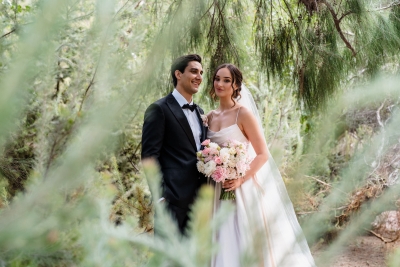
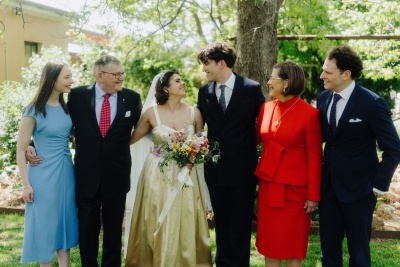
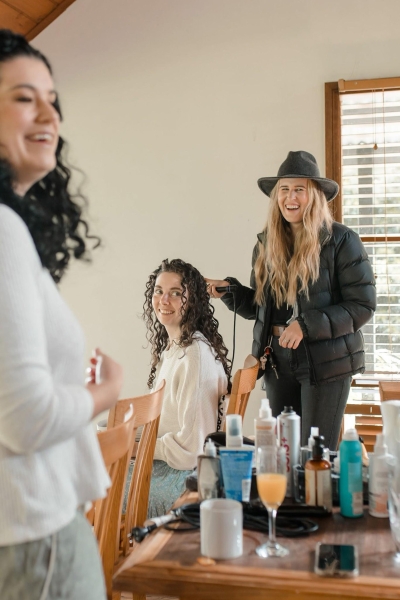
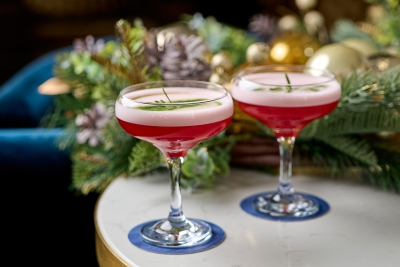
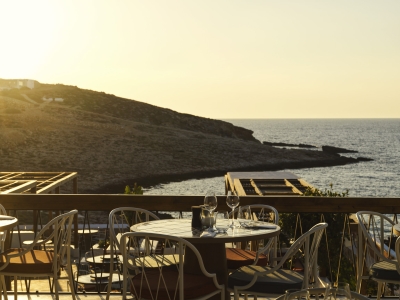




Join the conversation